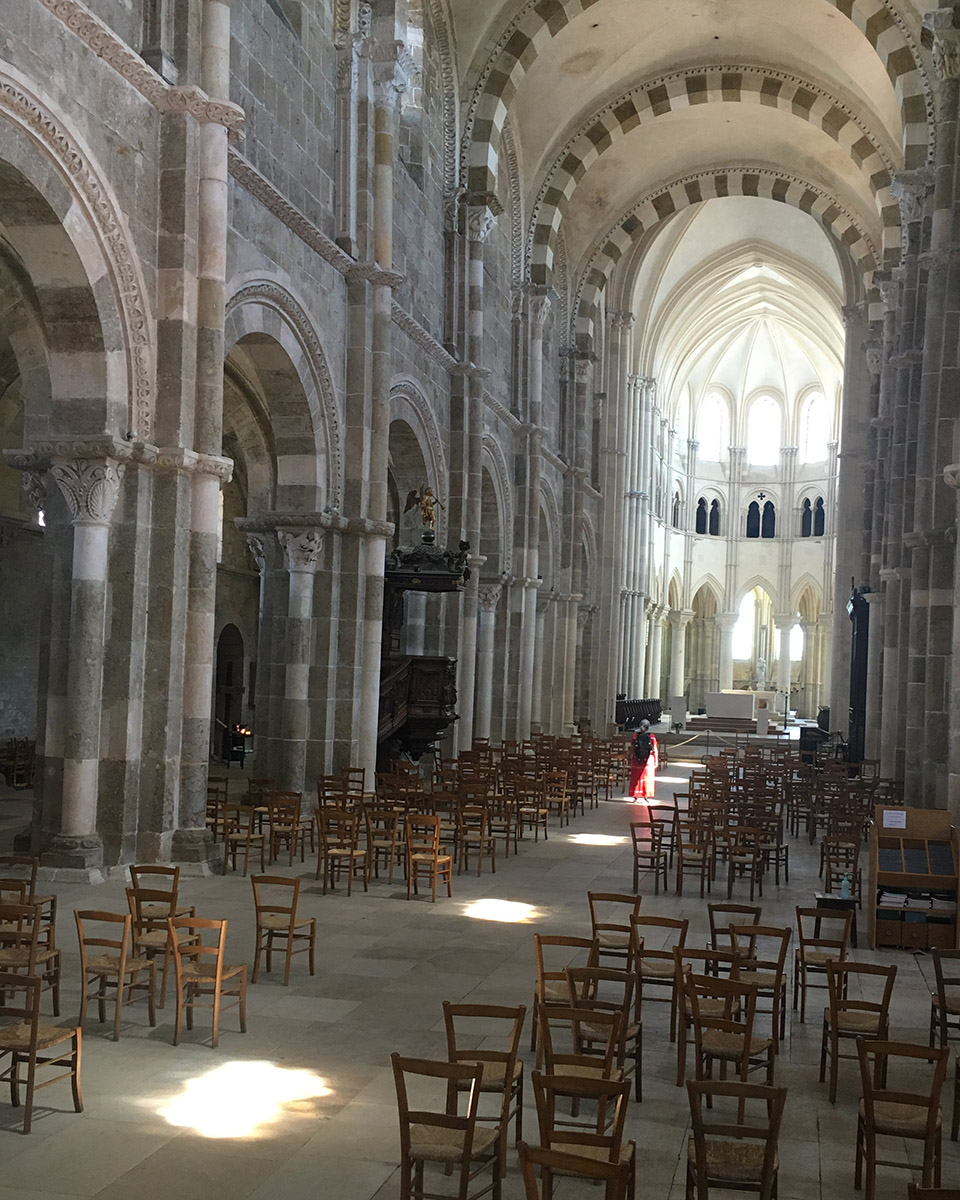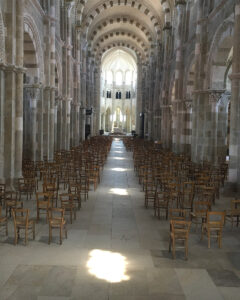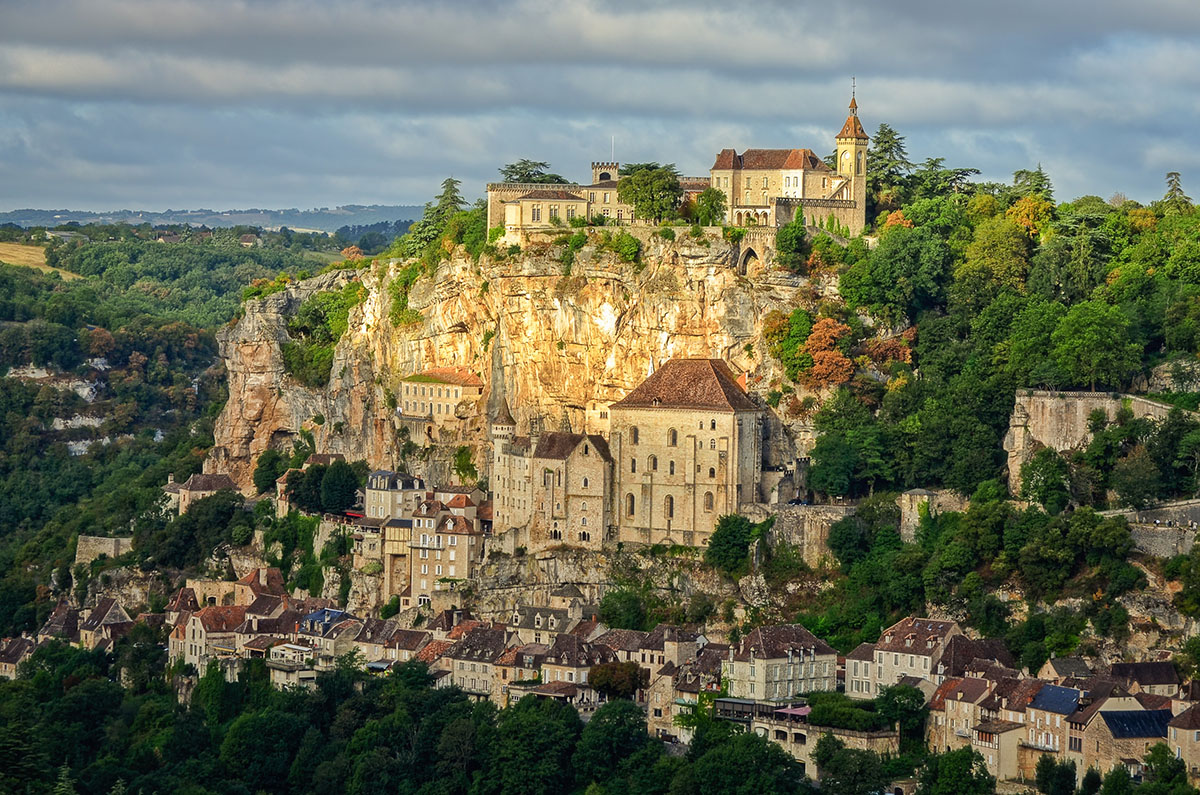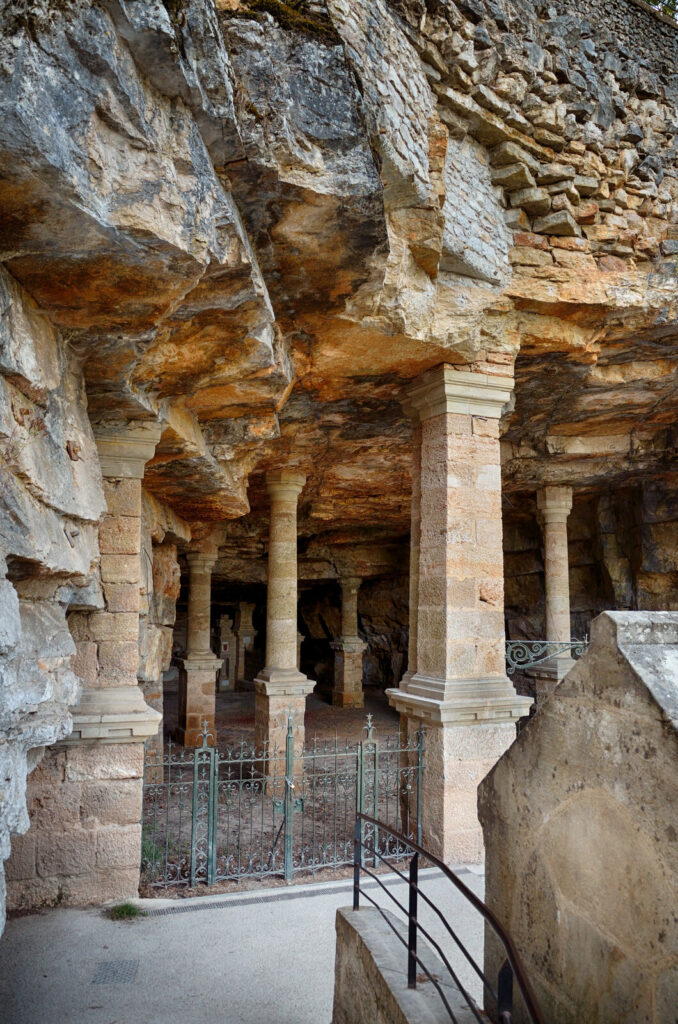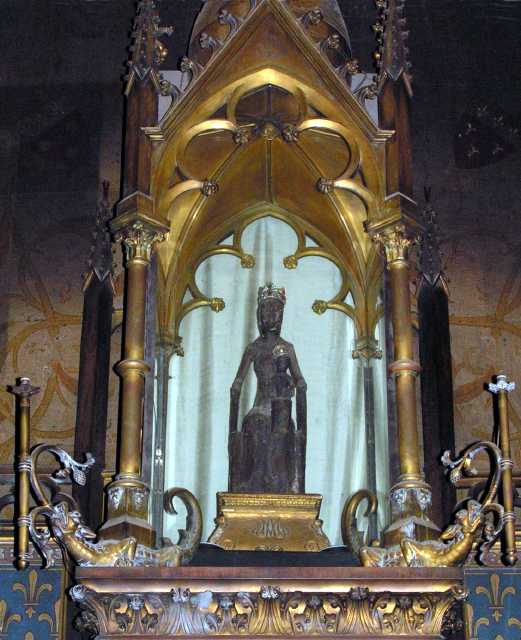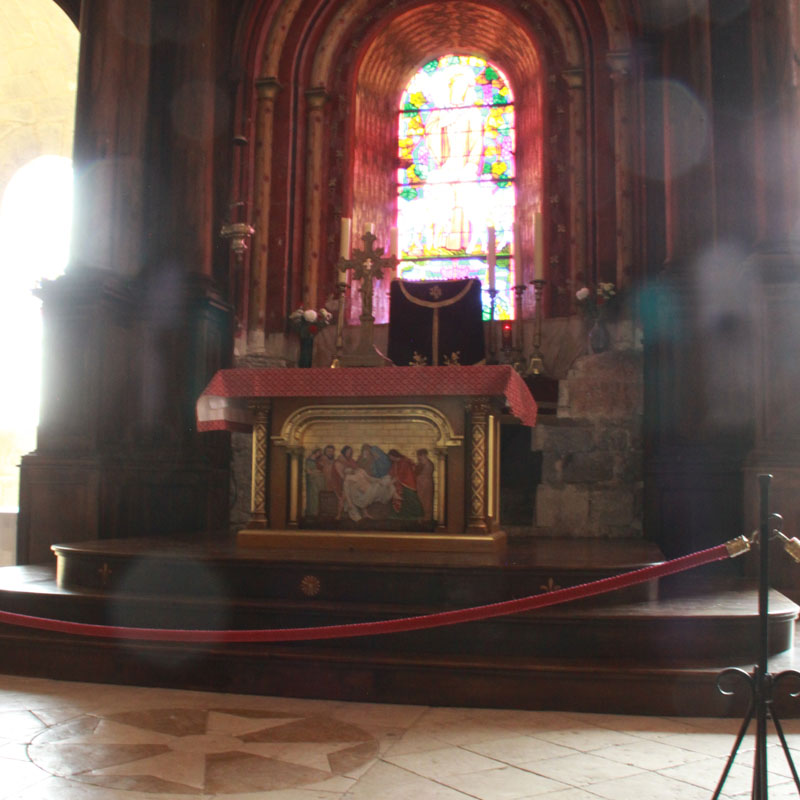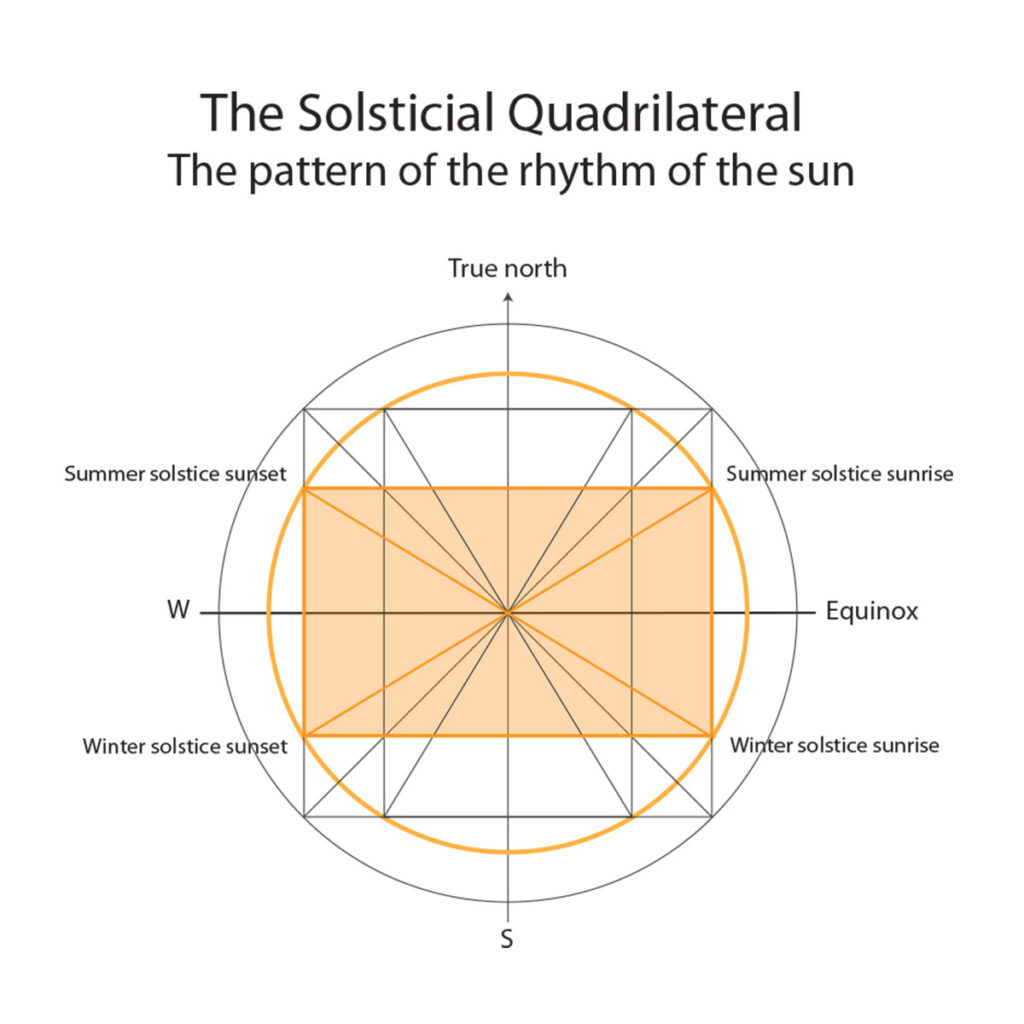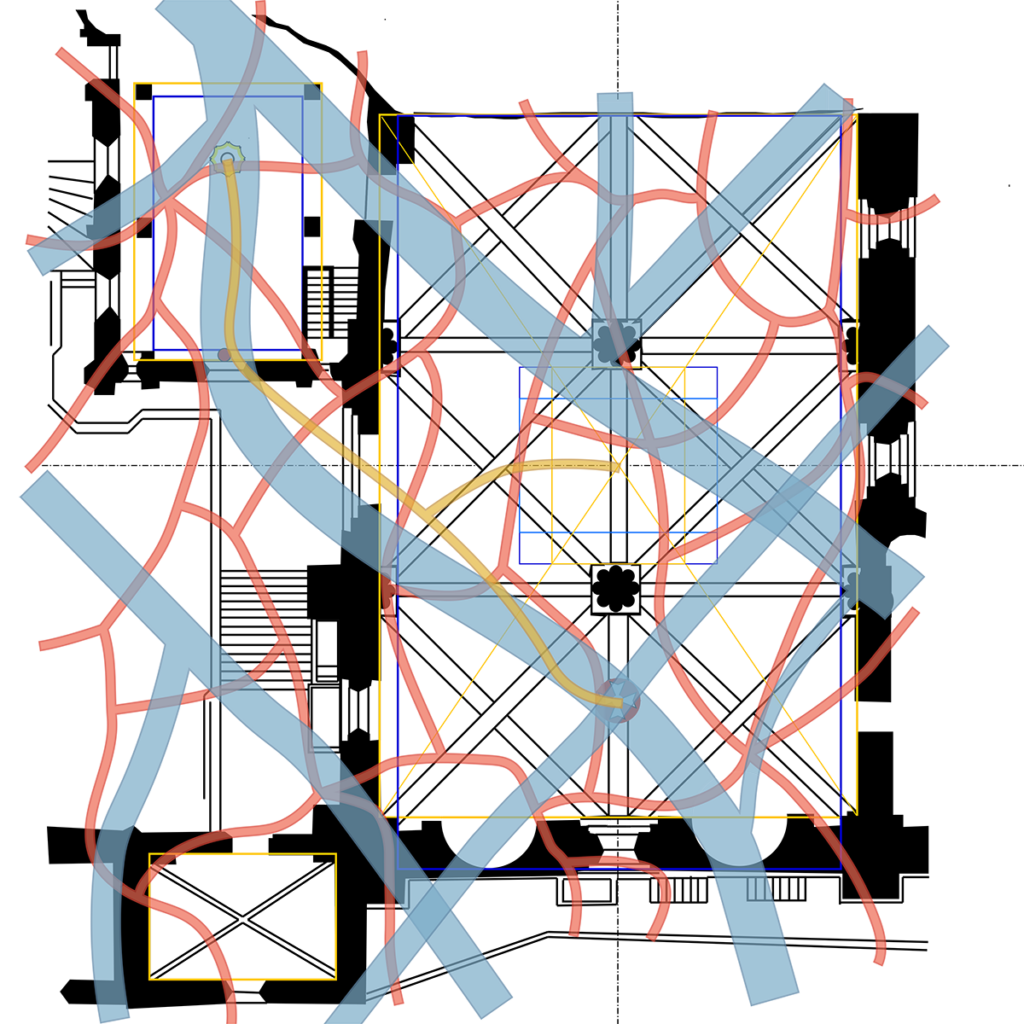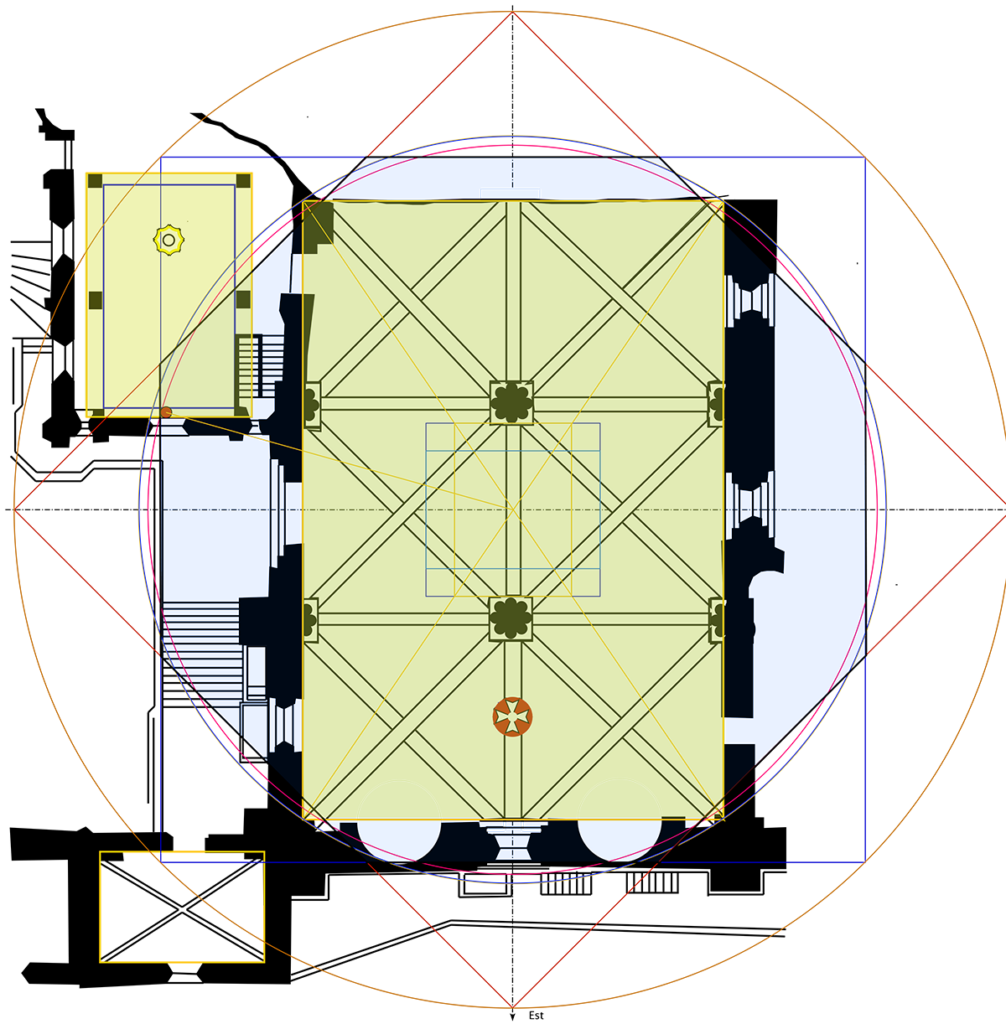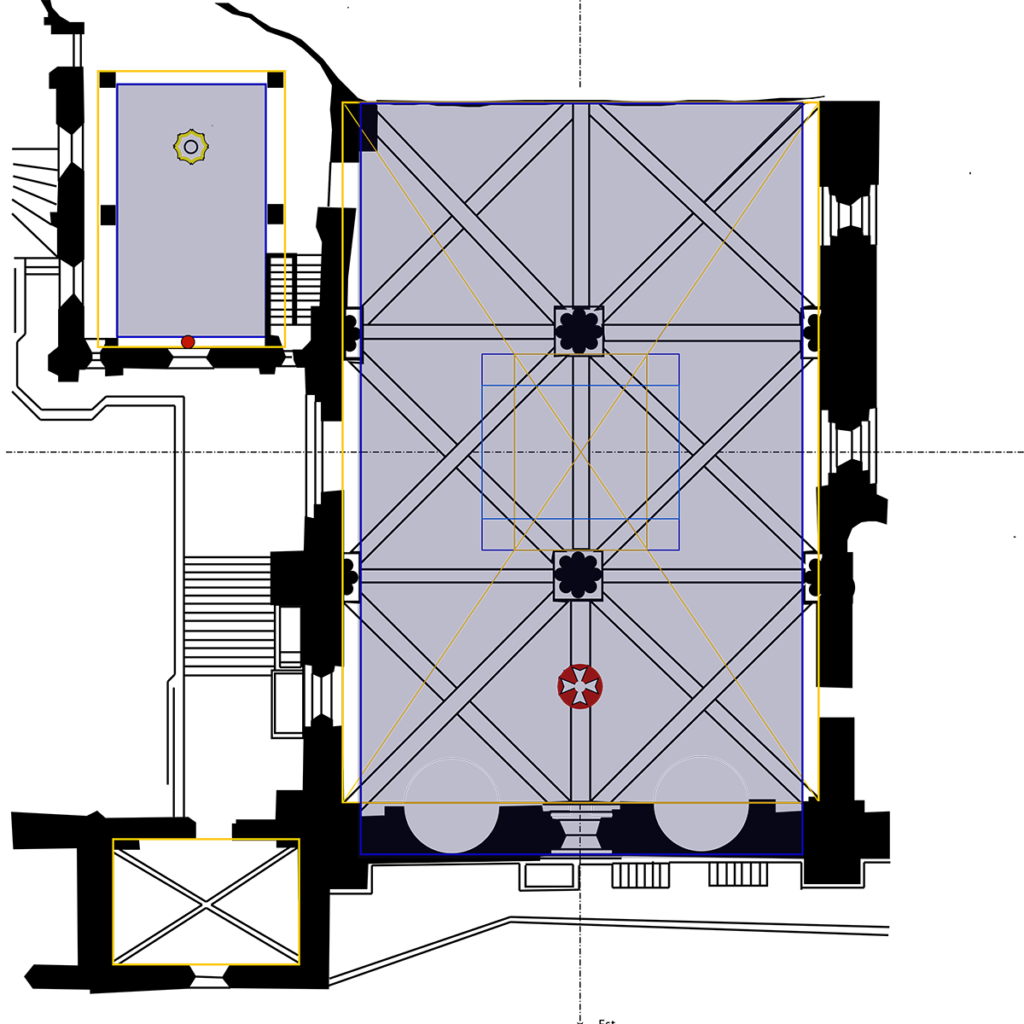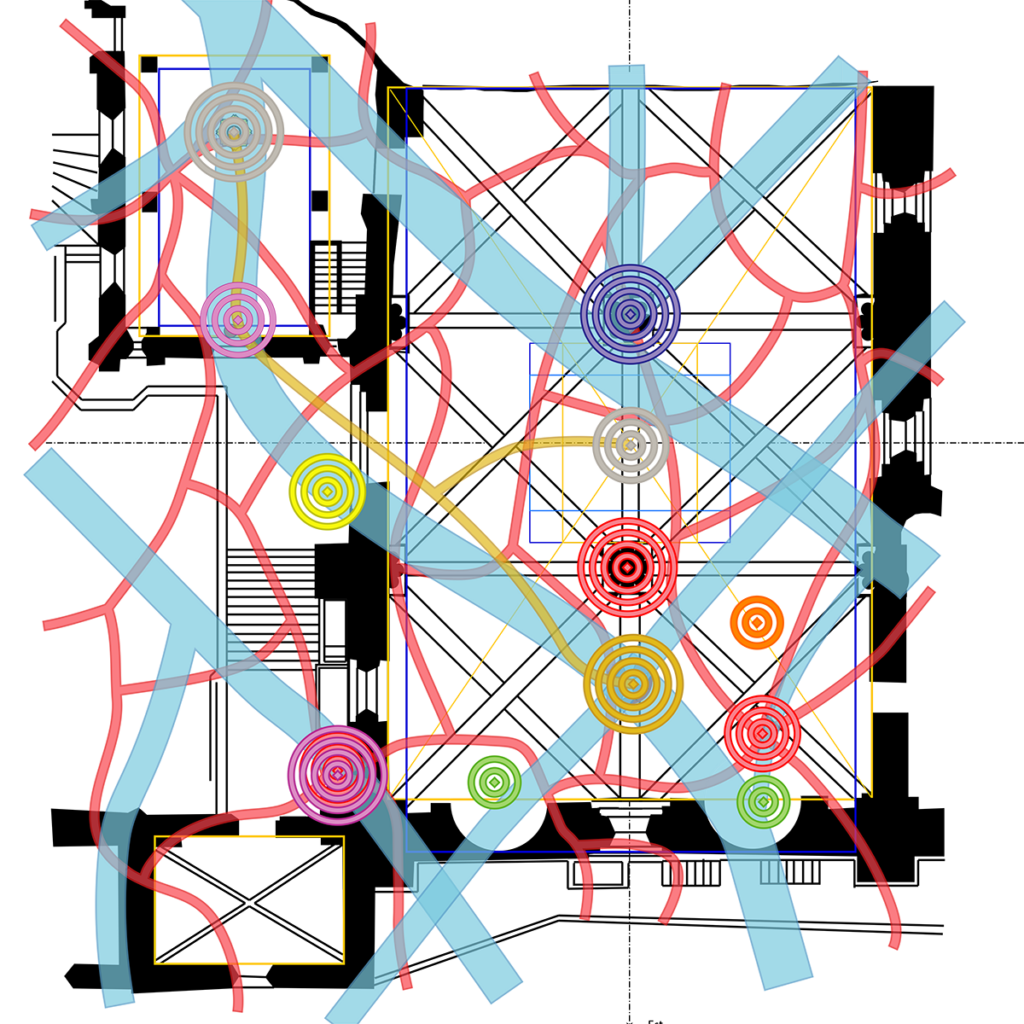
Did you know that there is a very special geometry connected to the sun’s rhythm throughout the year?
Because of this relationship with the sun, the geometry is alive and sacred. This blog will share how you can have a deeper relationship with the sun, even a spiritual one.
The Autumn and Spring equinoxes are exceptional times of the year. In fact, the equinox is one of the most important times of the year because it is when the forces of summer and winter are in balance. For ancient people, the equinox and the solstices marked critical solar times of the year. They were connected with celebrations, spirituality, and rituals.
 We, modern people, have lost our connection to the spirituality associated with the sun.
We, modern people, have lost our connection to the spirituality associated with the sun.
The sun is life for every living thing on earth, and our ancestors worshipped the sun before anything else. Megaliths were oriented to the sunrises and sunsets of significant solar times of the year, the equinoxes and solstices. There are many examples. Newgrange in Ireland is aligned to catch the light from the winter solstice sunrise. At Chichén Itzá, the Temple of Castillo is famous for the Mayan serpent god, Kukulkán slithering down the stairs during the equinox. Most Greek temples were oriented with the main door to the east, taking advantage of the rising sun. The god in the west would be illuminated by the light of the equinox sun.
Churches are even oriented to the sun.
Most are built along the east/west axis with Christ positioned in the east, marking the difference between pagan worship and Christianity. Temples could also be aligned to other celestial bodies, such as the moon, the planets, and important stars. Stone circles were giant calendars and marked solar, lunar, planetary, and even celestial events.
Because of humanity’s long history of aligning its most sacred structures to the sun, it makes sense that we can have a spiritual connection with it.
Nowadays, people are searching for ways to deepen their own personal spirituality. One powerful way to begin is to feel the energy of the equinox sunrise. Looking back at history, we notice that this thought is nothing new.
But what is so special about the sunrise on the equinox?
First of all, it is just one day. Solstices have a one-week window to feel the power of their energies. This is because the sun begins to slow down, stop, and reverse its travel direction. The sun is constantly in motion, traveling north in the summer and south in the winter. For example, the best time to visit sacred sites is during the summer solstice. This is because many churches, temples, and megaliths are solar structures oriented to the sun. When the sun is at its highest power during the summer, so are the temples.
But the equinox is one day in the Spring and Fall; the sun isn’t slowing down or stopping; it is in motion.
In ancient times, the equinox was associated with the feeling of beauty.
The feeling quality of beauty.
What does that mean?
It is not a surface beauty, it is not intellectual, and it is not of the mind. It is a feeling. To get an idea, think about gazing upon a lovely rose. When you appreciate it, you are not seeing or feeling it with your mind. You appreciate and recognize its qualities and beauty with your heart, soul, and spirit. This is the beauty of the equinox sun. It is a sensory perception and a connection between beauty, harmony, and even love.
In ancient times, alchemists gathered dew on the morning of the equinox.
This unique water was used for their magical potions because of its extraordinary energy. The feeling of beauty from the sun carries a sense of deep spirituality and connection to the vibrancy of life.

As the sun rises on the equinox, you feel more connected to the earth and grounded in your body. Then the energy shifts and changes as the sun’s rays touch the earth. The birds’ songs change ever so slightly, and the energy from the trees also shifts. The energy all around is happy and welcoming, and the moment feels profoundly spiritual and full of life force energy.
Many of us have lost the magic in our lives, and our spiritual connection to the sun has vanished. We invite you to establish a relationship with the earth, the sun, the moon, the stars, and the cosmos this Fall by watching the sunrise. This year, the equinox falls on September 23, 2023, if you live in the United States.
You can also do as the ancient alchemists did and collect the morning dew of the equinox.
The water carries information about the end of the summer. It is full of the sun’s energy, which Mother Earth has sated herself with over the summer. This water was highly prized for its energetic qualities. The alchemists used it, of course, in all of their potions, but in particular, in their powerful spagyric elixirs. Spagyric comes from Greek and is the alchemical preparation of herbs into a more potent form.
The Chinese used this special dew water to balance the energies of the palaces by putting it in urns on the rooftops. Equinox water brought energy full of cosmic information, balance, and beauty to the place.
To harvest this incomparable dew, alchemists got up before dawn.
They placed prepared linen sheets around their necks, like long capes trailing on the ground. As soon as the sun rose, they walked in meadows letting the linen soak up the dew. When the sheet was completely wet, it was wrung over wooden tubs to extract the moisture.
In this manner, they collected as much dew water as possible in the early morning before the sun got too hot and reduced the water quality. The water was then filtered and stored in closed clay pots to preserve the energetic qualities of the water for as long as possible.
It is easy for you to do the same thing.
One note of caution, do not touch the dew water with any iron, including pots or utensils, because the water immediately loses its unique energetic qualities.
We hope you are inspired to deepen your personal spiritual connection with the sun this equinox and discover the true meaning of the beauty of the equinox sun. We can’t wait to hear all about your experiences with the sun!
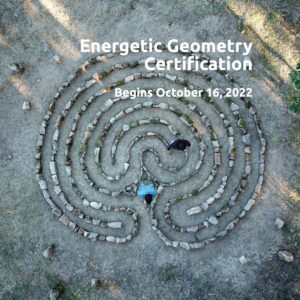
A new Energetic Geometry Certification Training begins in September 2023. If you are ready to deepen your connection with the sun and its magical sacred geometry, click here to learn more about the training. It is a once-in-a-life experience you won’t want to miss.
By Karen Crowley-Susani and Dominique Susani, sacred geometry, and geobiology experts and authors of Secrets of Sacred Geometry, Solar Geometry for Health and Life, Sacred Santa Fe, Geomancy, Geometry, and Energetics of its Churches, Ad Quadratum, Geometry of the Square of Nebbiu Cathedral, and Earth Alchemy, Aligning your Home with Nature’s Energies.


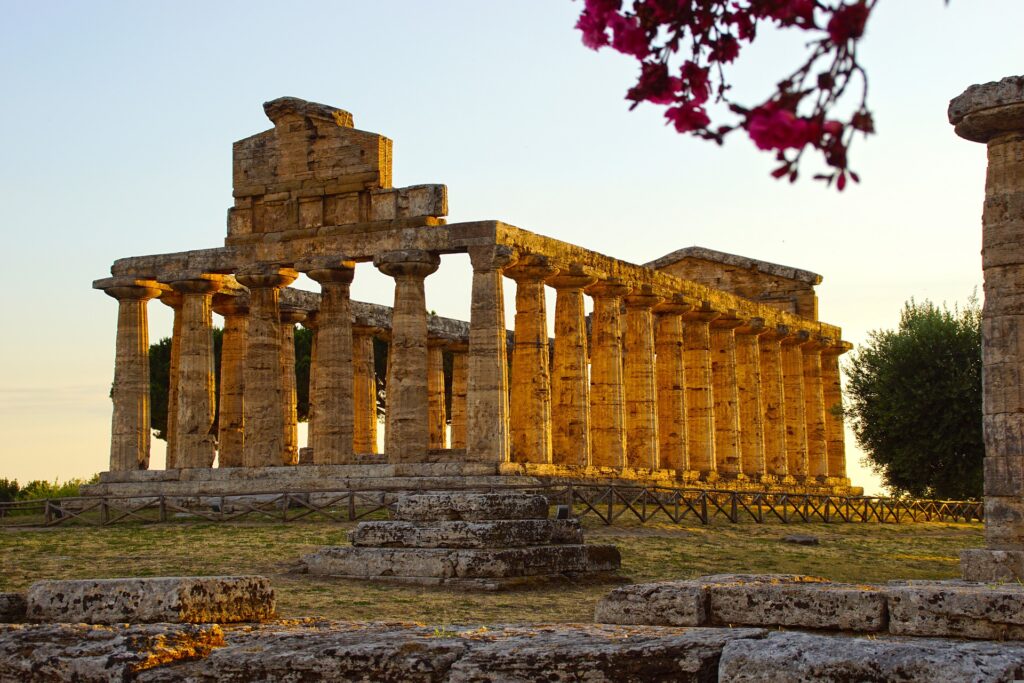

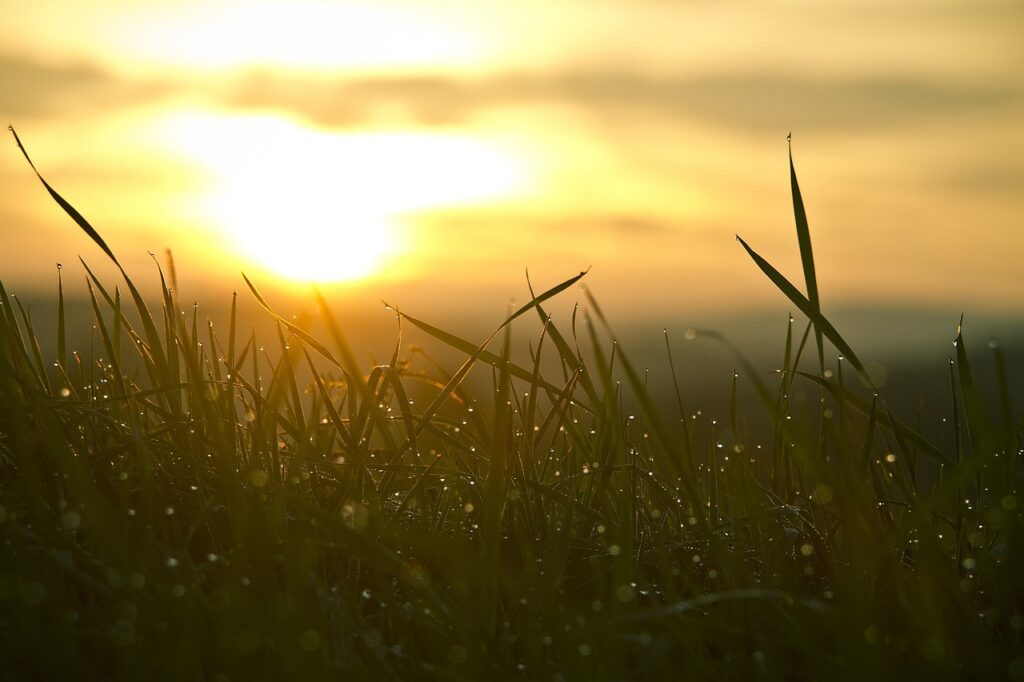

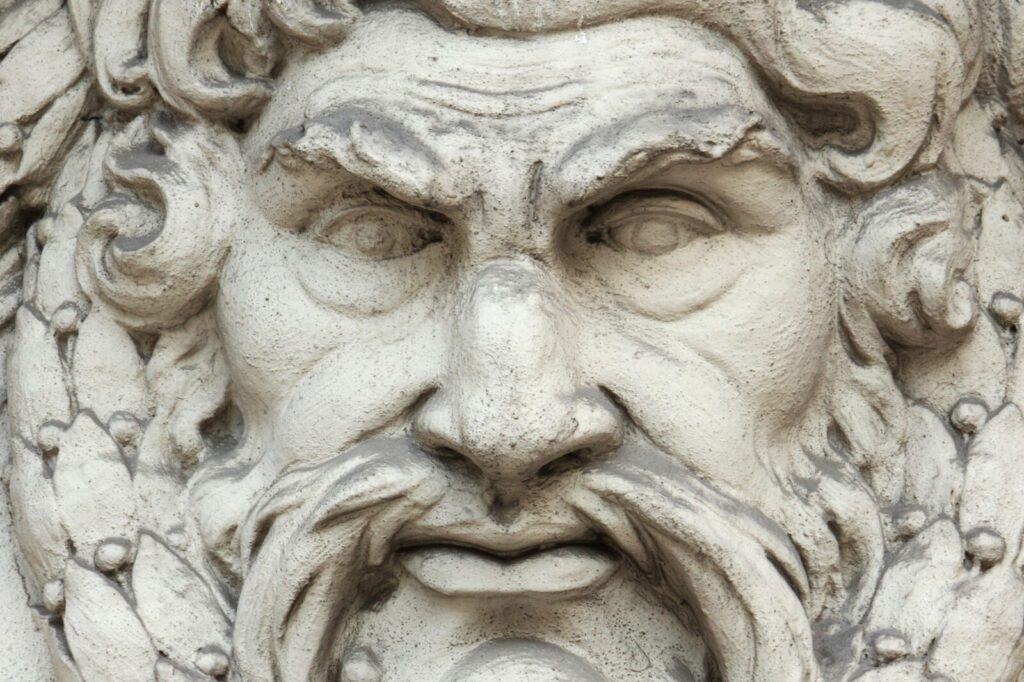
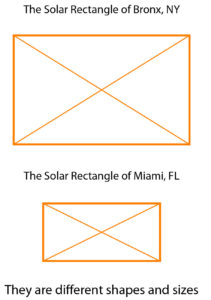

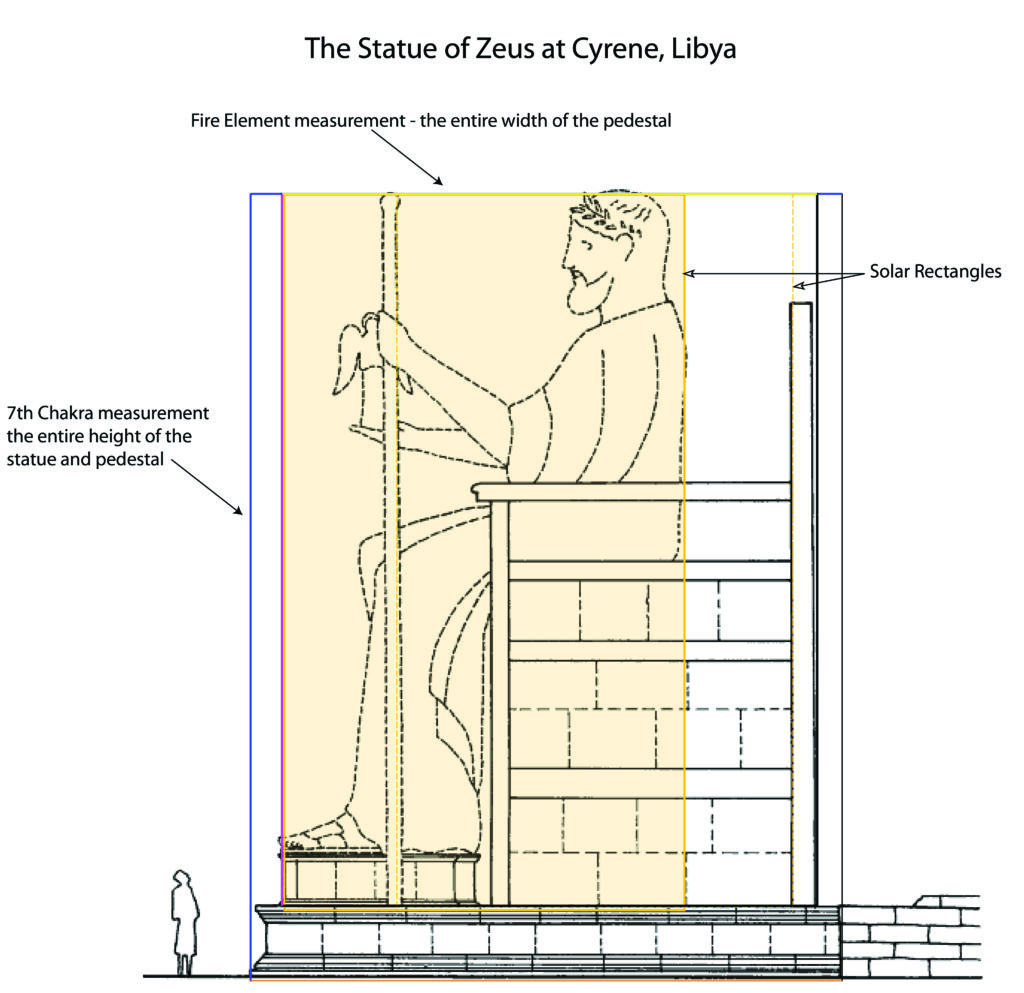
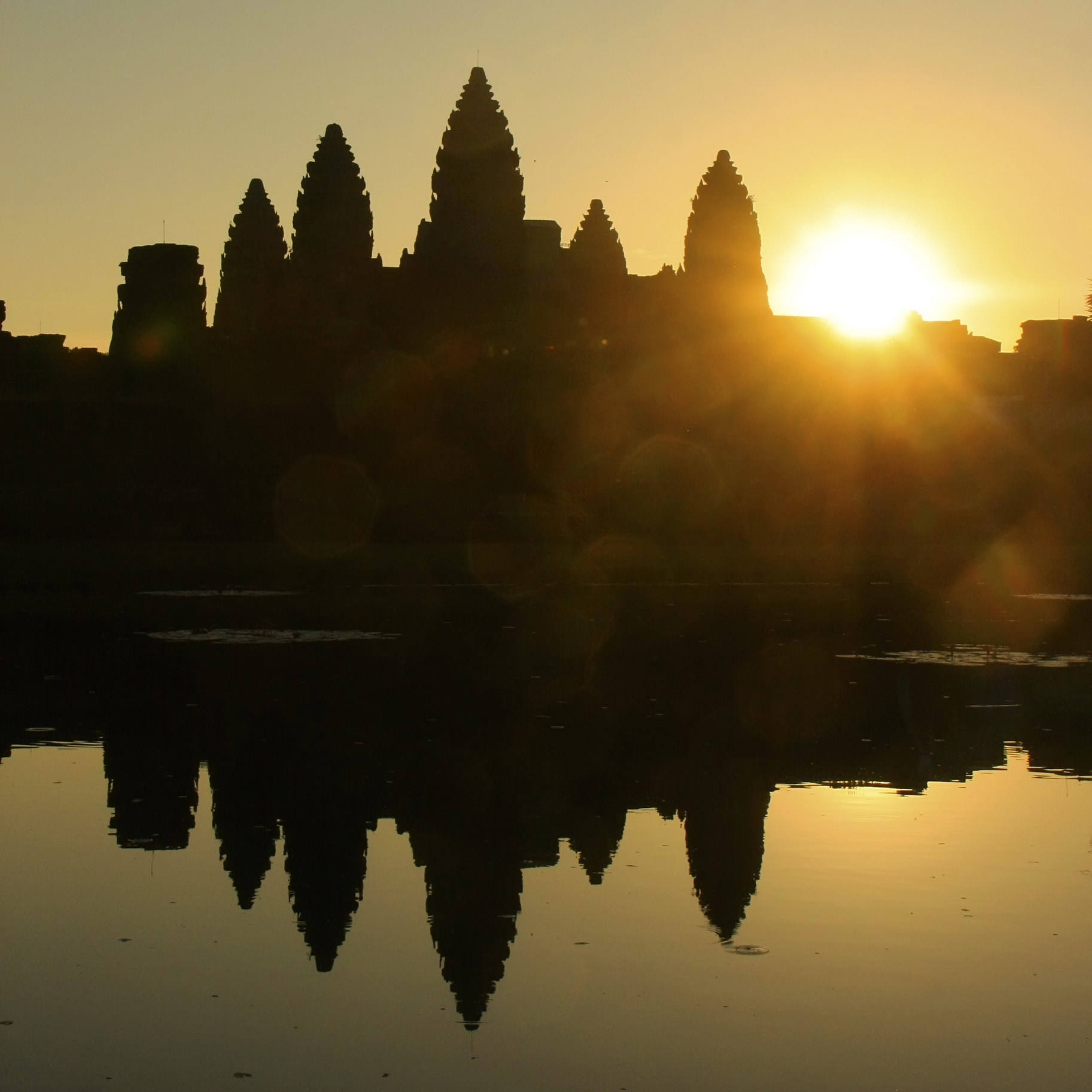

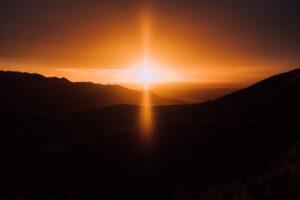
 At dawn on the equinox, use a sheet of linen to capture the dew on the grass or plants. When the cloth is soaked, squeeze the water into a bowl and filter it. This water contains exceptional energy and was used by alchemists to create their magical potions.
At dawn on the equinox, use a sheet of linen to capture the dew on the grass or plants. When the cloth is soaked, squeeze the water into a bowl and filter it. This water contains exceptional energy and was used by alchemists to create their magical potions.
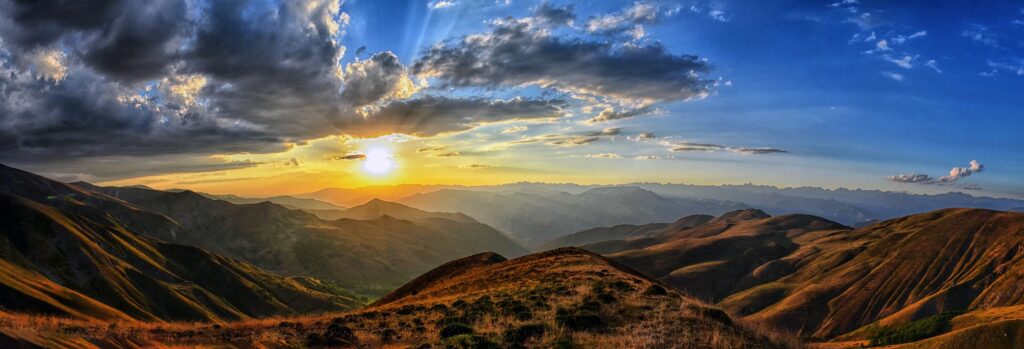
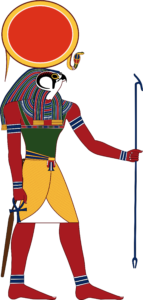

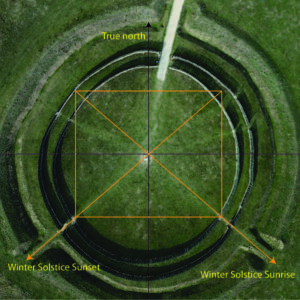
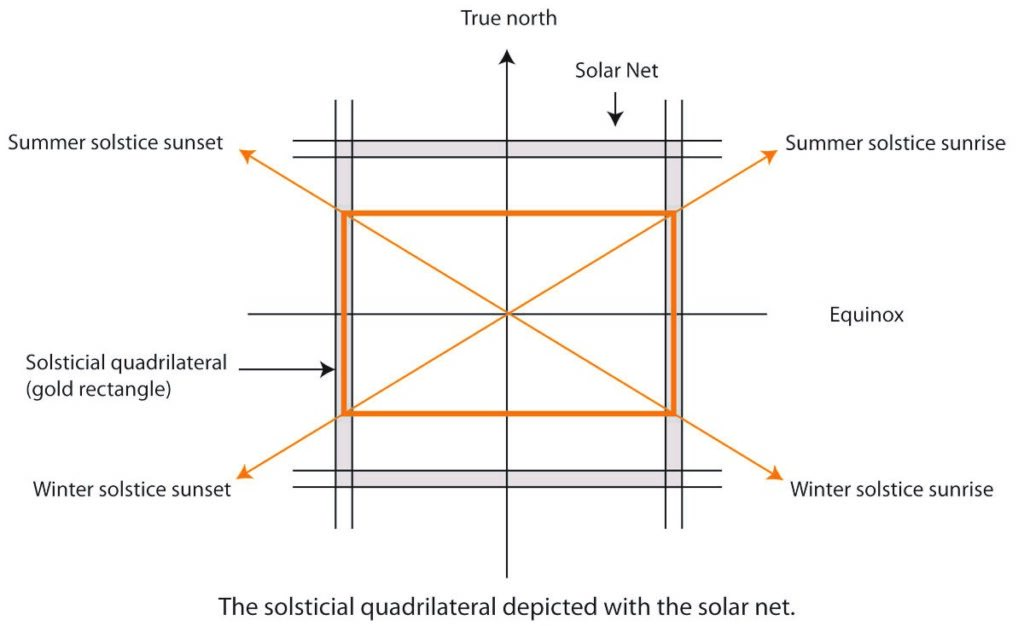
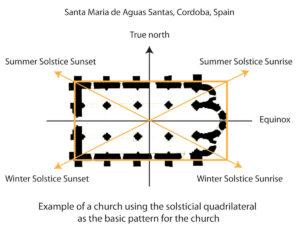
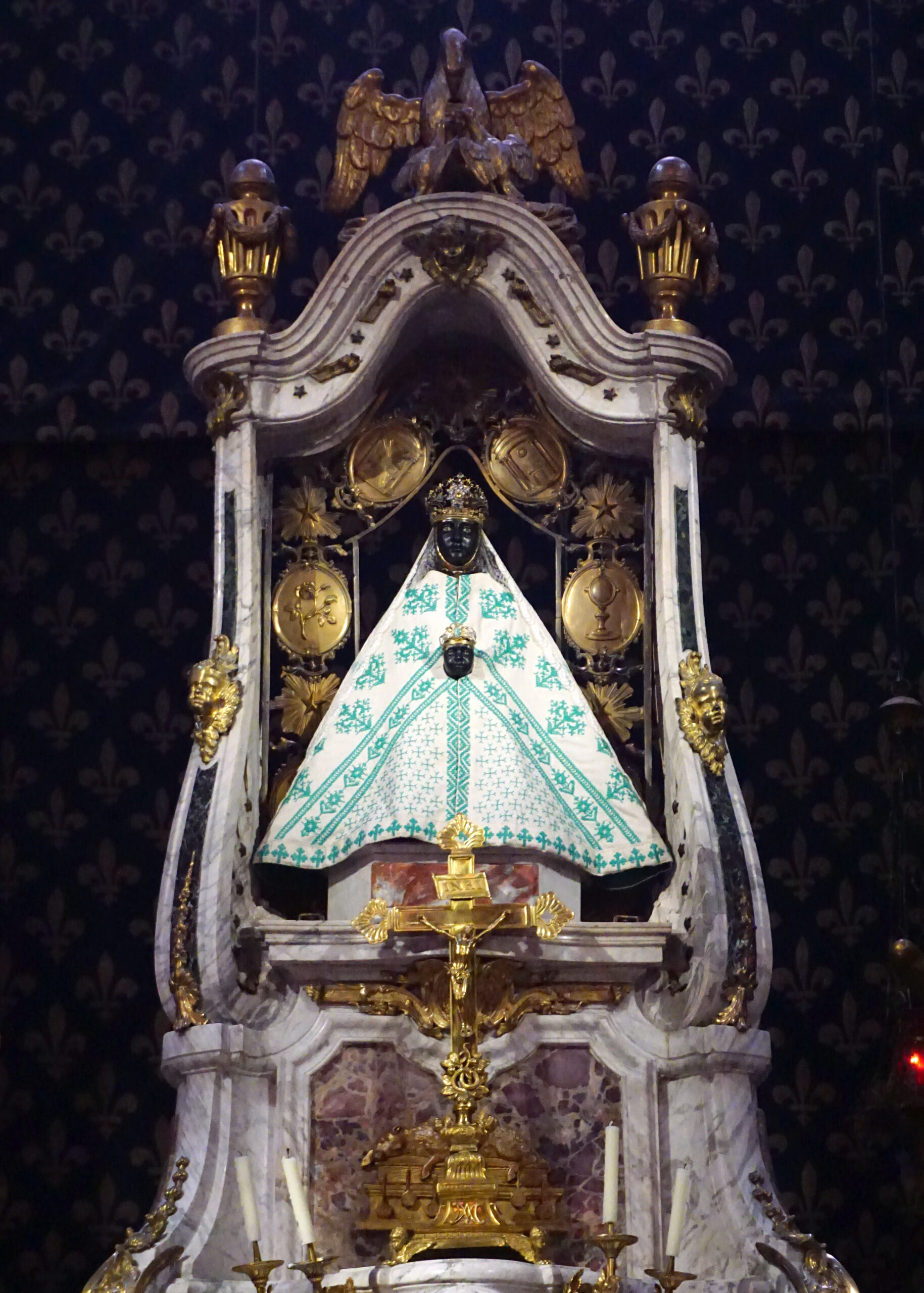

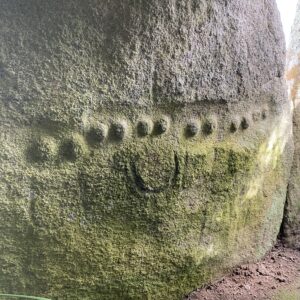
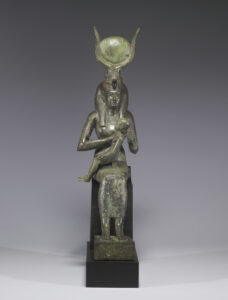
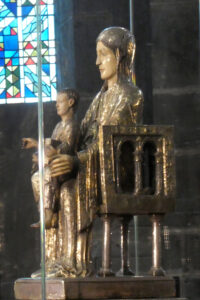

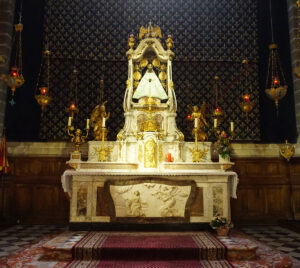

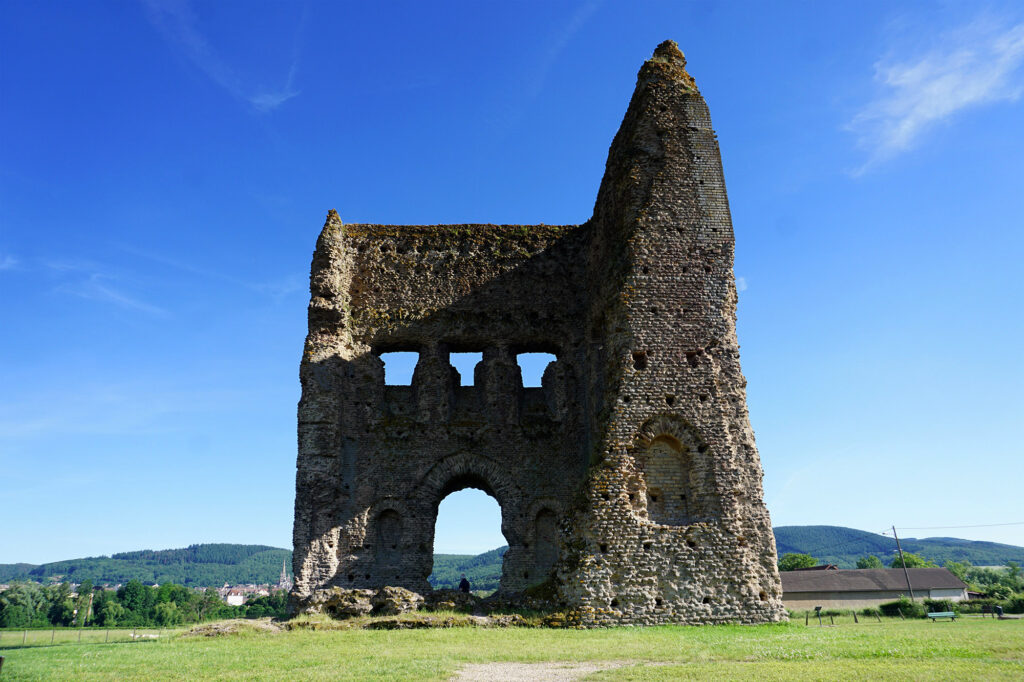
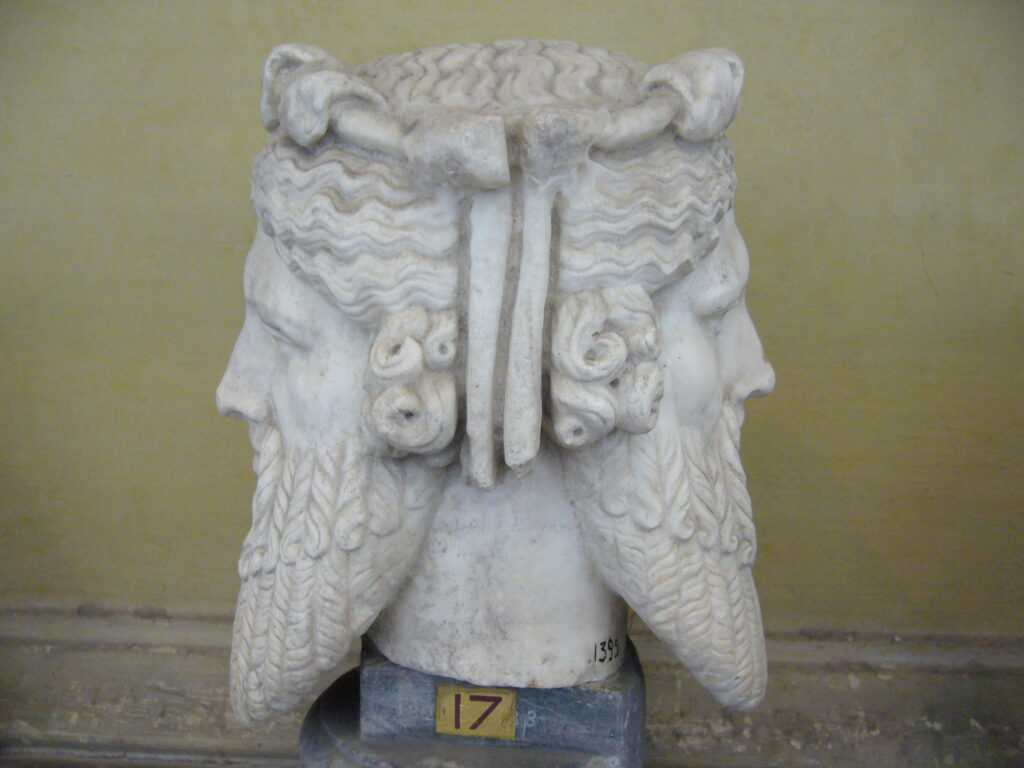
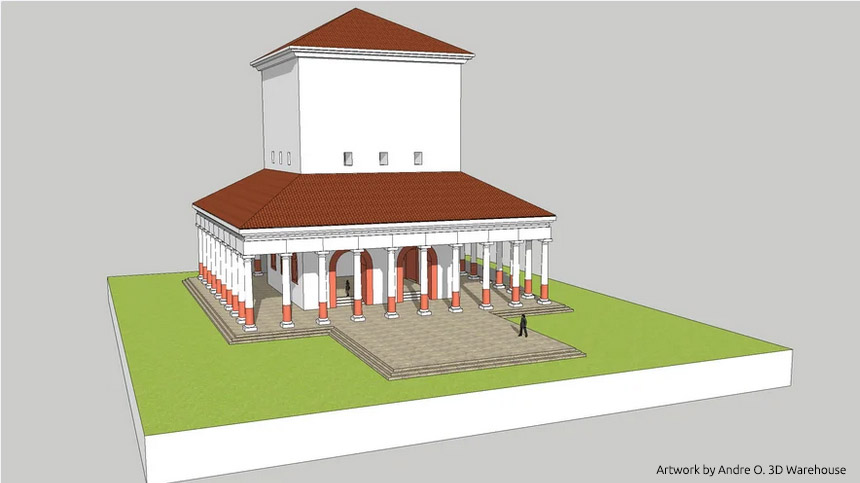
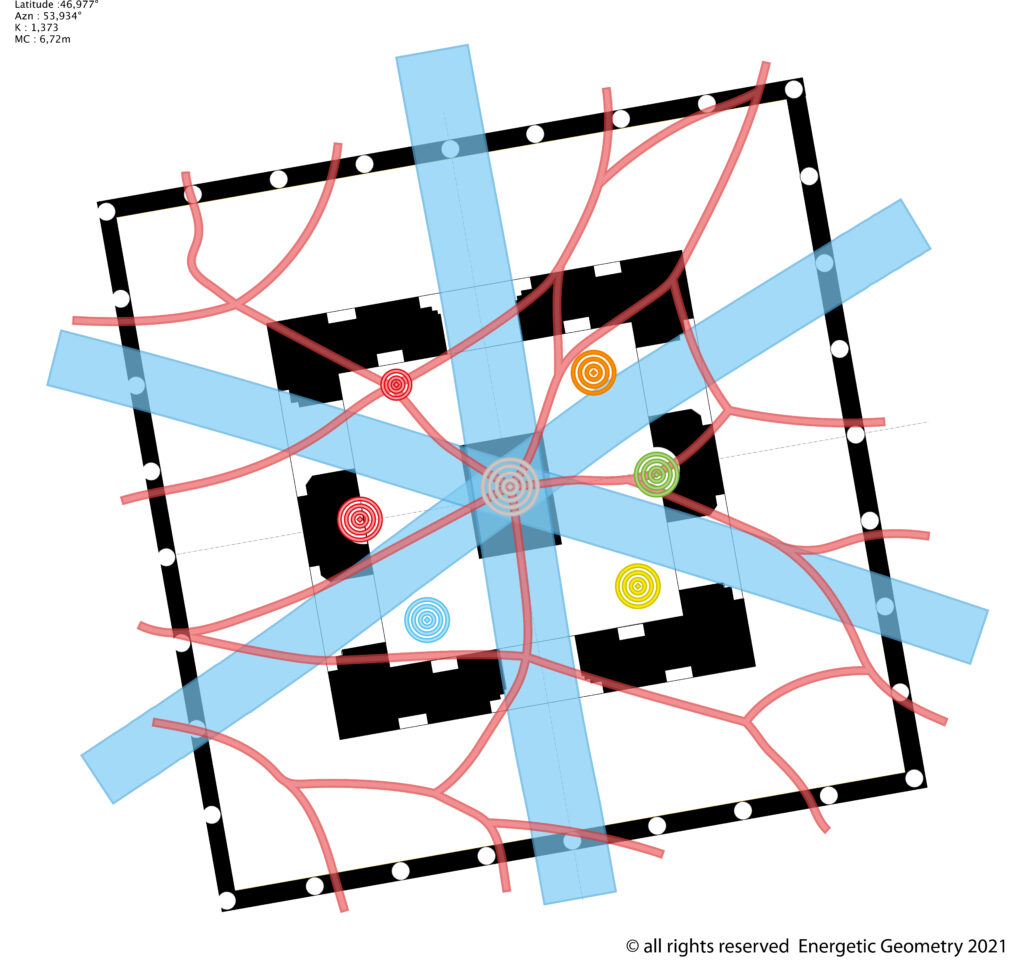
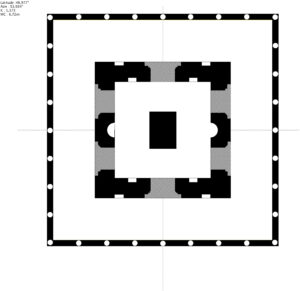 In the analysis of the geometry used by the master builder, the first thing we notice is that the temple is square-shaped. More than that, it was conceived with three concentric squares using a common building technique called a triple enclosure. Triple enclosures were used in temples and churches to strengthen, refine, and protect the sacred energy at the center.
In the analysis of the geometry used by the master builder, the first thing we notice is that the temple is square-shaped. More than that, it was conceived with three concentric squares using a common building technique called a triple enclosure. Triple enclosures were used in temples and churches to strengthen, refine, and protect the sacred energy at the center.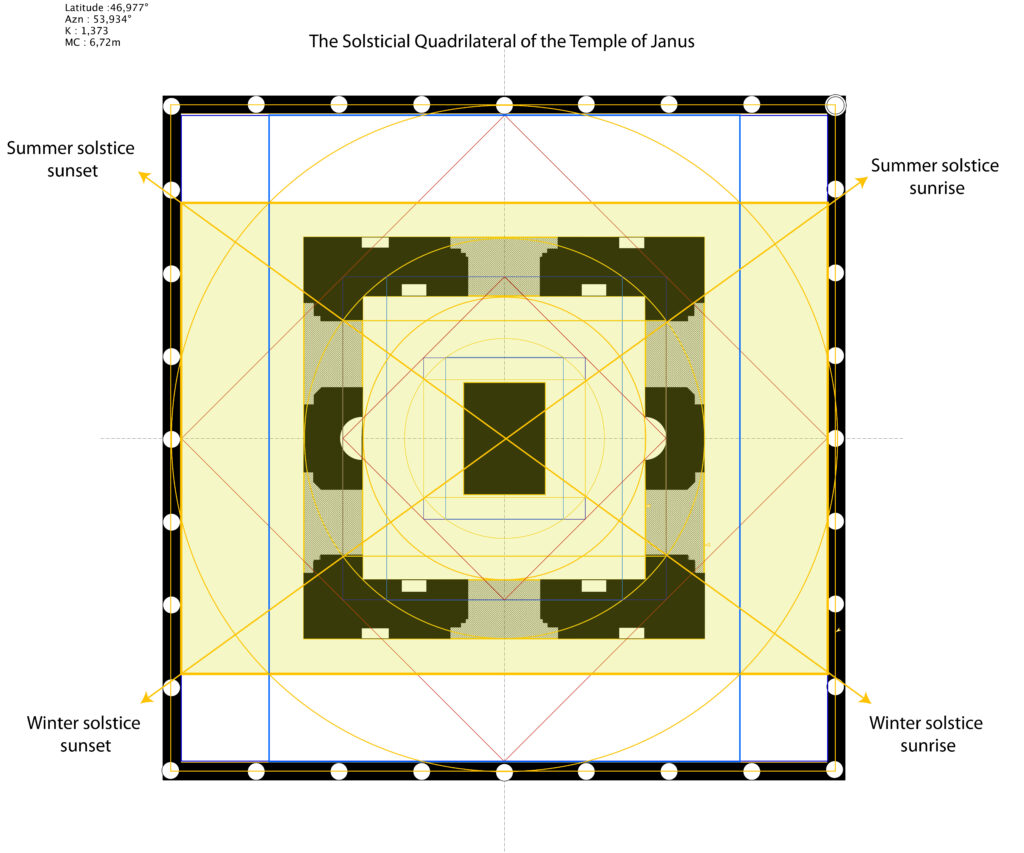
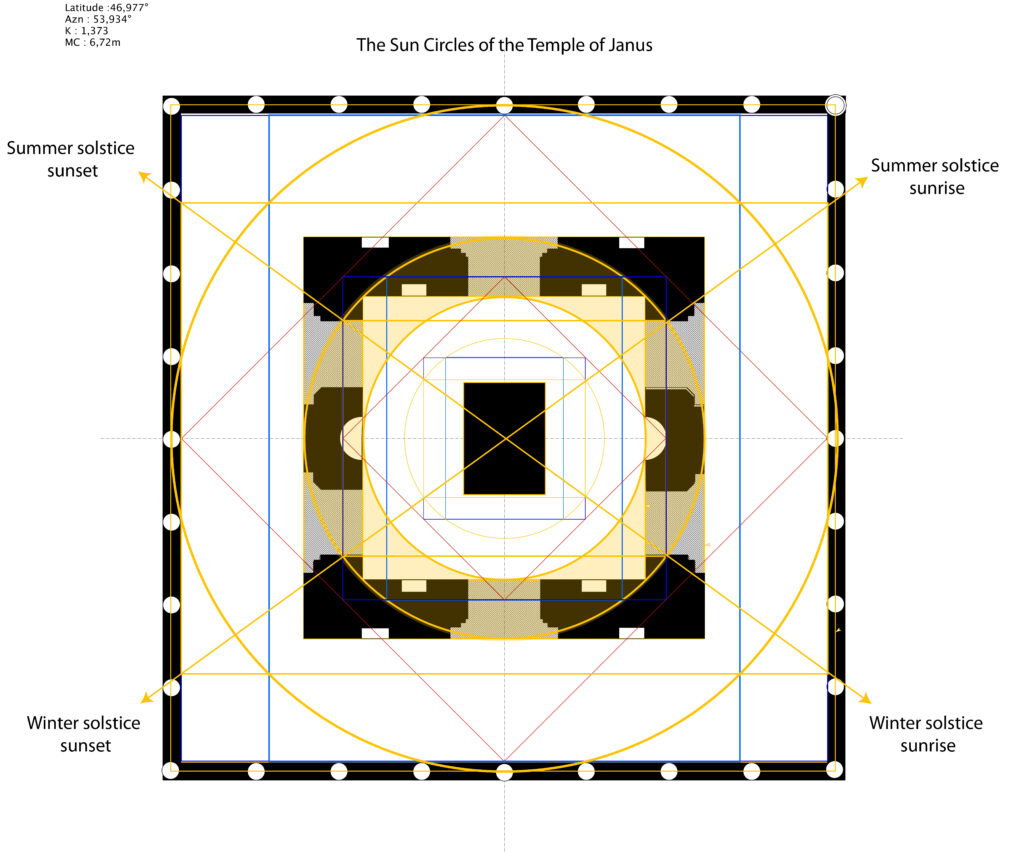



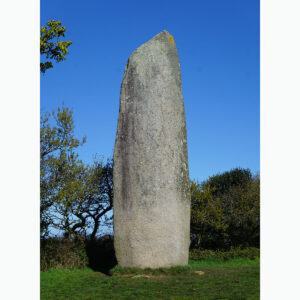 These standing stones did many things. They balanced the land, creating harmony for crops to grow and where animals and people could live in a healthy environment. Interestingly enough, these points where the menhirs were placed had different qualities and healing energies. One menhir could be connected to the lungs and the heart. Another could have energies of fertility and birthing. Others worked on kidneys or the liver; others still opened the crown chakra and balanced the chakra system.
These standing stones did many things. They balanced the land, creating harmony for crops to grow and where animals and people could live in a healthy environment. Interestingly enough, these points where the menhirs were placed had different qualities and healing energies. One menhir could be connected to the lungs and the heart. Another could have energies of fertility and birthing. Others worked on kidneys or the liver; others still opened the crown chakra and balanced the chakra system. Other saints have specific energies as well.
Other saints have specific energies as well.